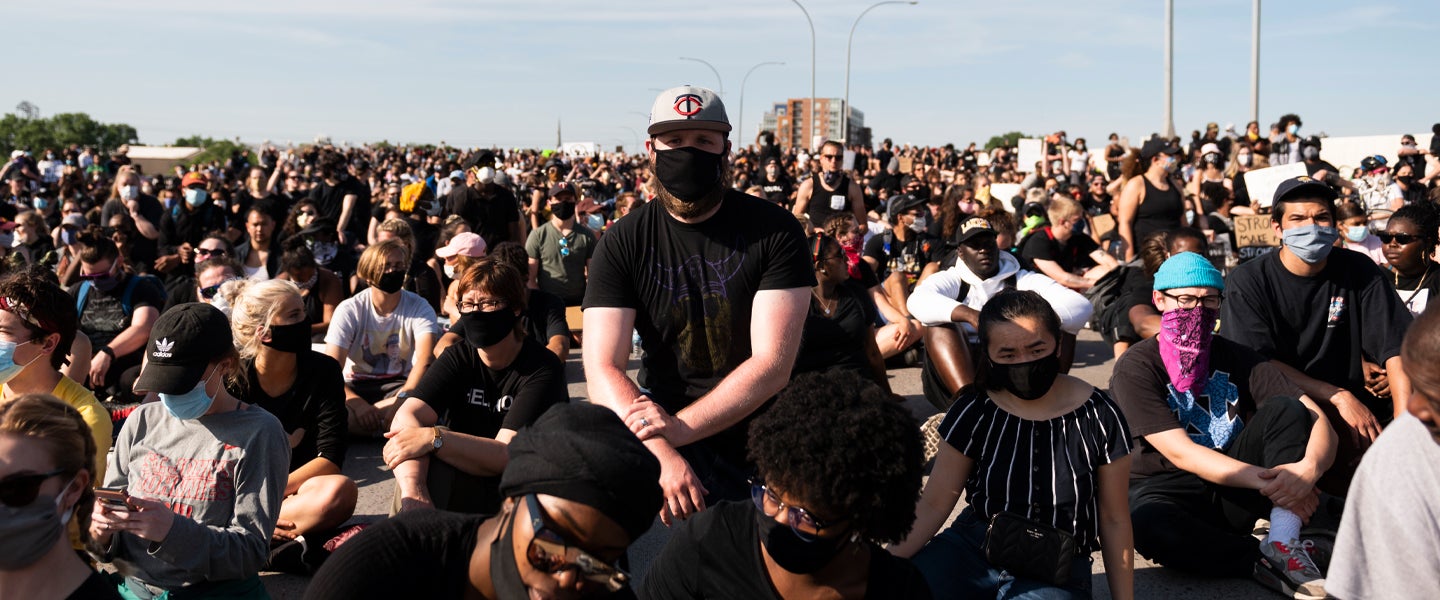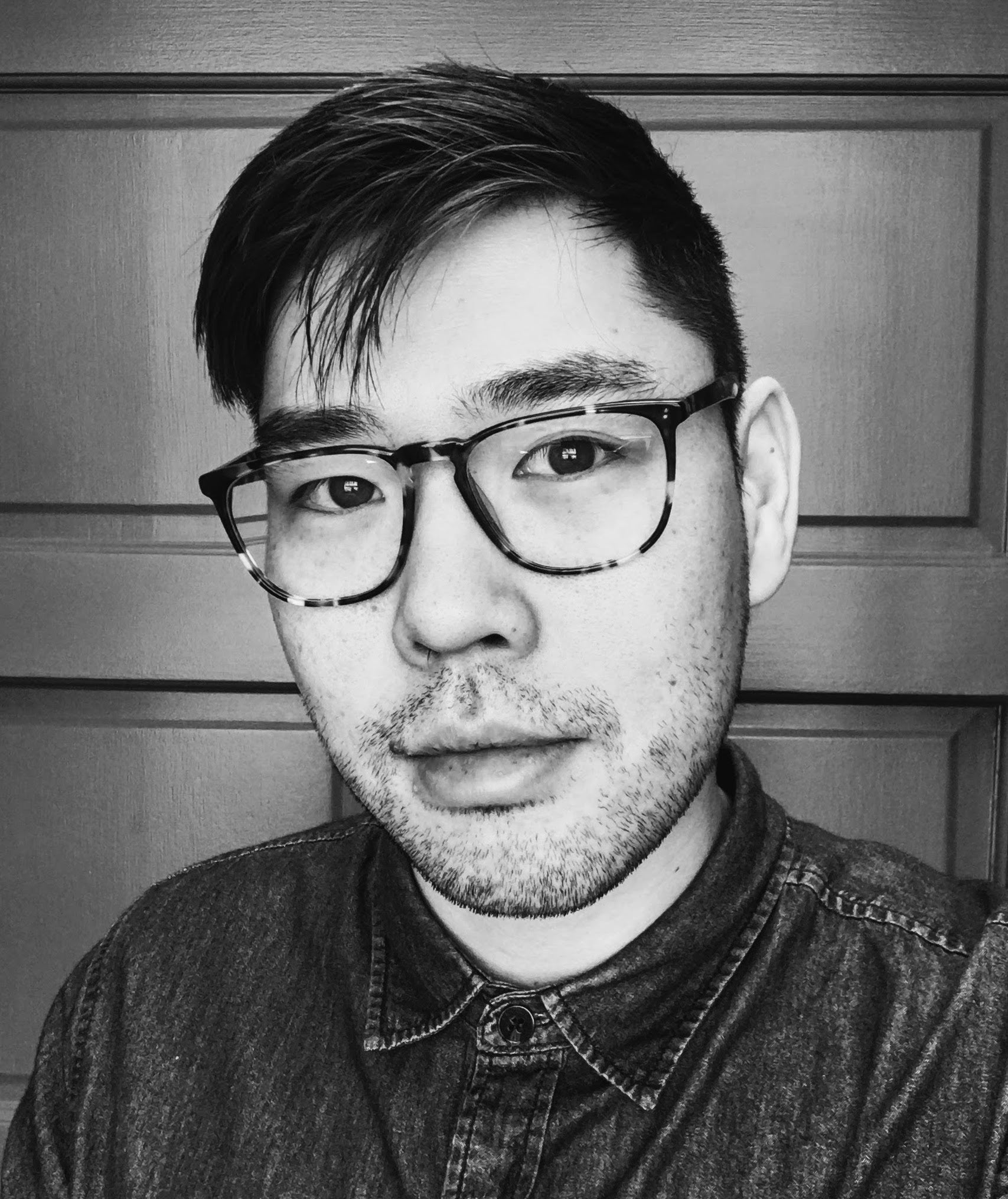After a weekend of chaos, resistance, violence and literal flames, the buzzing but peaceful congregation of masked faces that bloomed at San Francisco’s Civic Center on Monday morning felt like a communion to reset reality.
A kneel-in at City Hall unfolded without conflict under warm, sunny blue skies. The following speeches at the City Hall steps were boisterous but disciplined, with protesters doing their best to space out and nobody paying much mind to the cops gathering at the nearby intersection. Over the course of two hours, a number of Black leaders, both young and old, stepped onto the soapbox in riveting fashion. All of them acknowledged the riots and anger as upsetting but inevitable.
“I’m glad other people are feeling the hurt and frustration because we African Americans have been feeling that for far too long… I am the mayor, but I am a Black woman first,” roared San Francisco Mayor London Breed as the applause rose around her.
But already, you could feel the tension of what comes next in the words and voices of the organizers on the front lines. Curfews are rising across the country, with some going into effect as early as 1 p.m. in a blatant attempt to shut down protest. Elsewhere, Nordstroms and Guccis and police precincts have been liberated — but what kind of organizing will happen in the aftermath of that cathartic act?
Rev. Amos Brown, the president of the city’s NAACP chapter, couldn’t be clearer in his summation: “We must go from protest to production,” he said, emphasizing the need to vote Donald Trump out of office in November.
That’s certainly on the checklist for a lot of self-identifying “allies” to the Black Lives Matter movement, but the road ahead appears as winding and treacherous as any in the modern history of American civil resistance. On one hand, advocating against police brutality and racial injustice feels more mainstream and accessible than ever before. But what’s equally clear is that a lot of people, especially those who are not Black and brown, have no idea what it means to actually join the grassroots grind. Signs and slogans yelled are critical to mobilize energy around a movement, but decades of research suggest that the weeks and months after peak protests are the most fertile periods in which to sow political and social change.
That means the clock is now running. People who want to support the cause have a lot to do, and little time for it.
Still, what does that even entail?
There’s been a flurry of attention on donating to bail funds and other community nonprofits, and the significance of that funding cannot be overstated when it allows for direct aid in the legal system. Allies ought to help amplify activist voices, while staying back from the discourse and instead learning from the stories of the people most affected. There’s reading to be done, certainly, as well as research on judges and local officials to knock out before November rolls around, given that city and state politicians have more power on issues like policing than national leaders do. And one of the most important tasks on the ally’s list is to confront and unpack racist feelings and stereotypes in the people around them, especially the people they love — even if those confrontations feel awkward and divisive.
white people: please listen to me.
all black people do not think alike. some believe this fight needs to involve violence and some do not. if you consider yourself an ally, the best thing you can do is NOT tell black people what the fuck they should be doing right now.
— acab? (@rosetampon) May 30, 2020
creators should not be using #blm as a front to support themselves. that is not being an ally, that’s fueling a white moderate narrative
— Amelie (@ameliexrose) May 31, 2020
But what’s also becoming more obvious is these basic forms of allyship aren’t really… enough. So little has changed in the last 20 years — so little that it’s hard to remember whether it was in 1999 or 2009 that Amadou Diallo was shot by undercover cops while reaching for his wallet. No matter the decade, a vast cadre of Black and brown activist leaders have been trying to chip away at the monolith that is American racism. For much of that time, both the day-to-day labor and emotional toll have been carried on the same shoulders, without much relief.
It’s time to acknowledge that the notion of allyship has got to go further than marching and sharing posts online. Yelling is valuable, but pretty damn easy compared to, say, triggering city divestment and slashing funding for bloated police departments. This is the work that can’t be done by showing up a half-dozen times at a rally, as historic as that rally may be. After all, the reason why so many Black voices are so fed up in 2020 is because so many have been trying every avenue for reform all this time, struggling for lasting change at every level from neighborhood councils to 1600 Pennsylvania Avenue.
But a need for more radical strategies doesn’t necessarily transform the tools with which movements work. The shifts happen through meetings, phone calls, emails, door knocks and fundraising; they require aggressive messaging, thorough research and a wealth of time and dollars in order to execute. The nightly news doesn’t show the work that Black and brown communities have been grinding away at, organizing and mobilizing in good faith — it mostly just shows angry Black faces. But it’s beyond time that others showed up for work on the ground floor, with enough humility and perspective to listen and take orders.
Social Media Managers, want to be a better ally?
Have conversations with leadership about allowing your brand to be more vocal in times like this.
Bring data, let them know how outraged and hurt your audience is. Remind them that this is what comes with being more "diverse."
— Azad Yakatally (@AYakatally) May 29, 2020
We know about emotional labor, and the need for greater equity in who carries the burden. It’s the same damn thing here, in all forms of activism, at a time when the iron is hot for meaningful bridge-building (and, in many cases, burning). To call on so-called allies to dig deeper into the minutiae of changing the world is the next stage in how we understand racism, and its agents, in a country and police force built on discrimination. And it will take inward reflection for everyone, including myself, to figure out what comes next. Even something as simple as helping take care of someone’s kids when they need to be at a rally is a pretty radical act of community self-defense, compared to the status quo.
SF/Bay Area: I’m offering free childcare for those protesting. Professional nanny, formerly CPR certified (expired), references available, DMs open. Located in Haight-Ashbury. Please RT to reach those who may need help caring for their children while they fight for Black lives!
— currentky watching twin peaks for the first time (@discountgourds) June 1, 2020
The media coverage of the movement will suggest that the protests and violent clashes are the newsworthy part. It’s an illusion — all that strife is the necessary step into the deep waters of organizing. Getting into a fistfight on the streets of Huntington Beach with racists is one form of allyship, surely. But when the adrenaline dies down, the much more granular work begins — and there is no doubt high demand for minds and bodies, ready to put their labor where their mouths are.
I want y’all to care AFTER the protests have ended. That’s all.
— Dani Kwateng (@danikwateng) June 1, 2020

